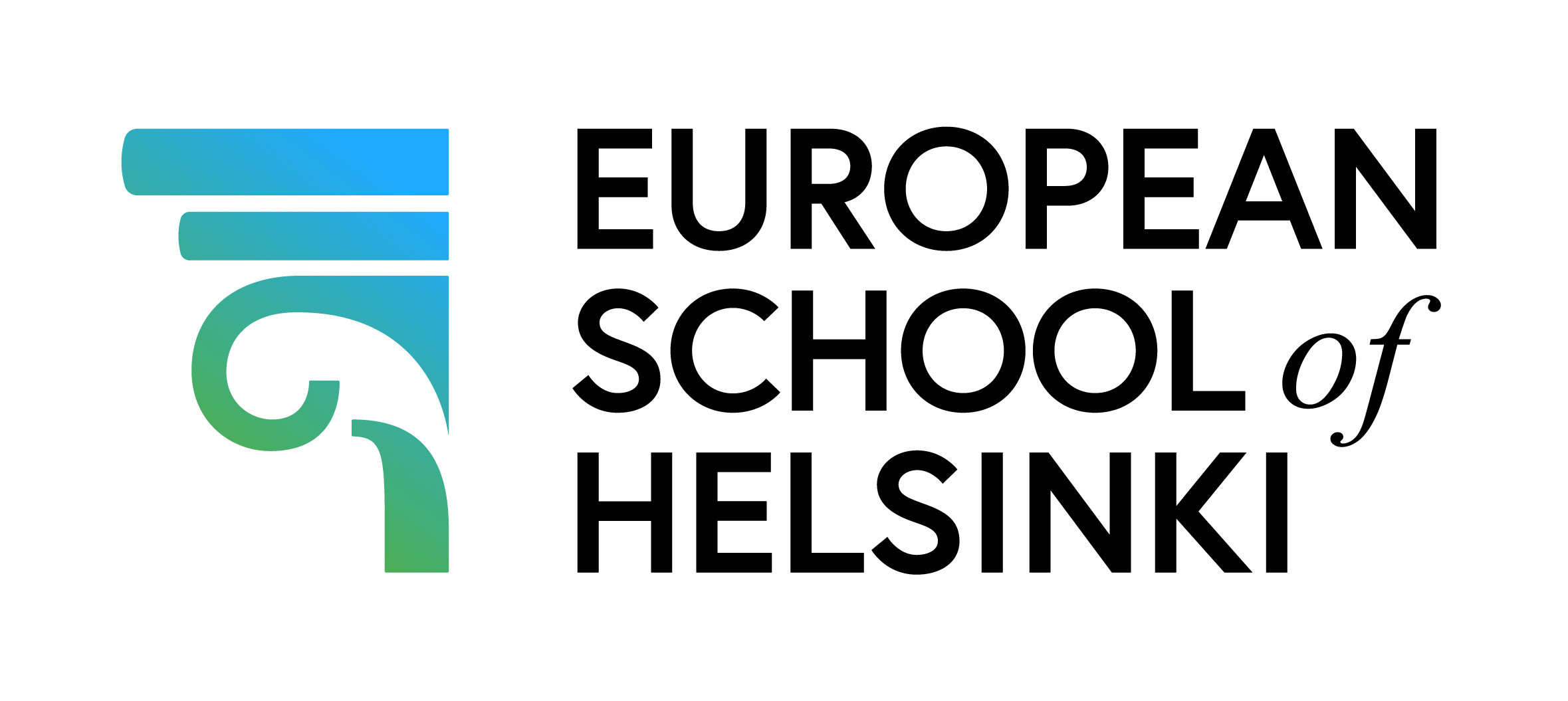Language Sections
The school provides teaching in three language sections: English, Finnish and French. A child shall be enrolled primarily into the language section of his/her native language or dominant language if such a language section exists. If the language section in question does not exist the child should be able to follow tuition given in the language of the section. If the pupil’s mother tongue is different from English, French or Finnish; mother tongue teaching will be offered with certain conditions.The main subjects are taught in the language of the section (EN, FR, FI). Depending on the year level, some lessons are organised in mixed groups with pupils from different sections.
Language Teaching
The second language (L2) starts in the first year of primary (P1). It is taught in small groups composed of mixed nationalities and taught by native speakers, target being the A2 level (CEFR*) at the end of primary. Pupils continue to develop proficiency in the second language in the secondary cycle, and beginning in the third year (S3) history and geography are taught in the second language, as is economics for those pupils who choose this option in the fourth year (S4). The students are supposed to attain the C1 level (CEFR) at the end of secondary. Any official European Union language can be studied as third and fourth languages (L3 & L4) if the teaching group can be created. The most common choices are German, Spanish, French, Finnish and Swedish.
European Baccalaureate
The final examination in ESH – like in all the European Schools – is the European Baccalaureate (EB) which is taken at the end of the 7th year of secondary. The EB is recognised throughout the European Union by an intergovernmental agreement giving the same rights as the respective national examinations (access to universities). It is also recognised in a number of other countries such as USA, Canada and Australia. The first European Baccalaureate exams at ESH took place in 2013.
Digital Learning
ESH has the latest technology for teaching and learning; computer labs, laptops, iPads and interactive whiteboards. Teachers use technology to adopt student-centered and collaborative teaching practices as well as practices that support student-based activities, project work, independent work and learning-to-learn skills in all subjects.
School Year
The ESH school year is comprised of 180 school days. With some exceptions the yearly timetable follows the one used in the Finnish schools in the capital area. The school year starts in the middle of August and ends in the middle of June. There is an autumn break of one week (usually in October), a Christmas break of two to three weeks, a winter break of one week (usually in February) and a week around Easter.
Facilities
ESH occupies a historical building built in 1884-85 in the heart of Helsinki. Its first occupant was a Swedish-speaking school for girls, later it belonged to the University of Helsinki. The renovation of the building was conducted under surveillance of Museum authorities and was completed in December 2009. The building now houses up-to-date learning facilities in an aesthetically pleasing and prestigious environment.
The school building consists of five floors and 45 classrooms. There are two ICT-class rooms, three science laboratories, a language laboratory, a music class room and an art class room. Most classrooms are equipped with interactive whiteboards. There is also
a canteen, a library, a gym and an assembly hall.







